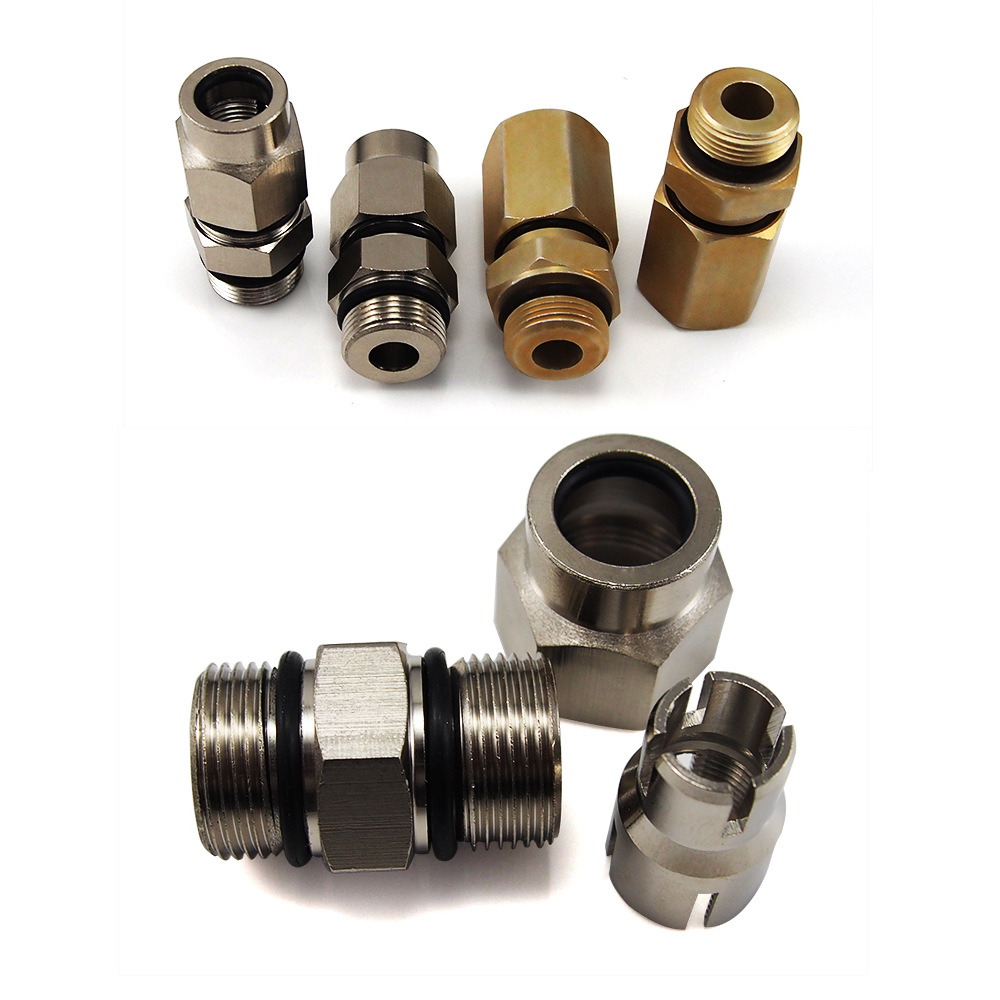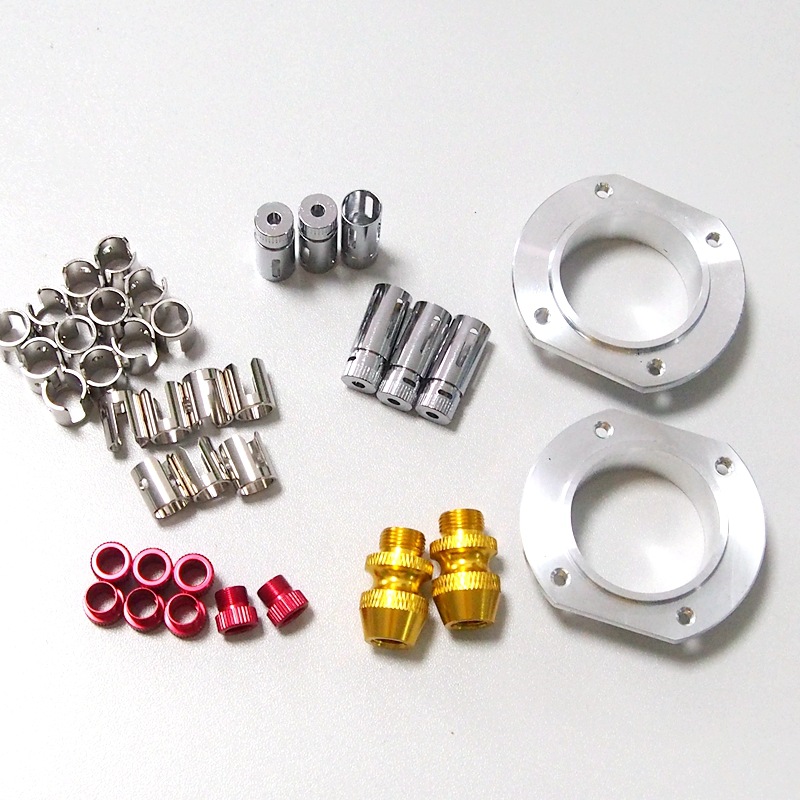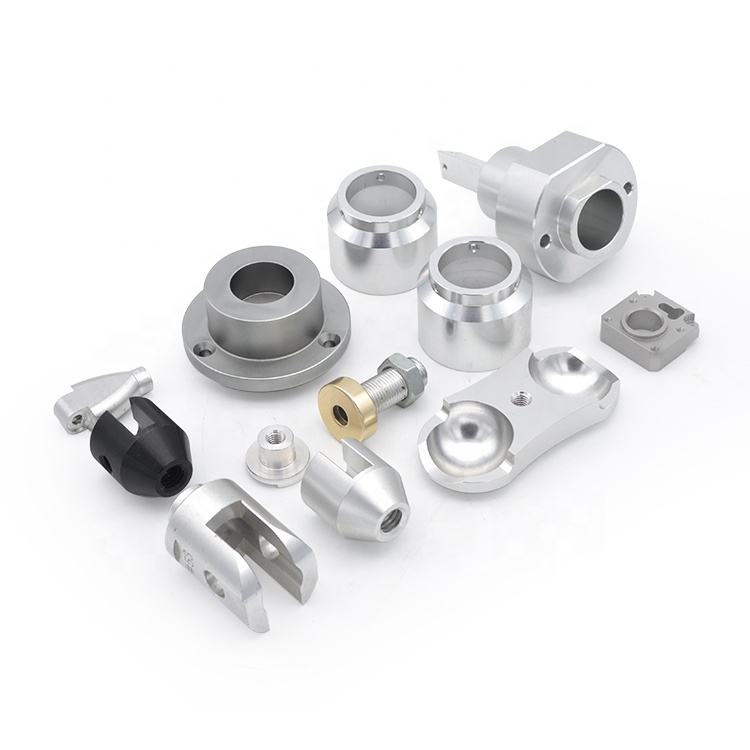Based on years of experience designing and producing our own aluminum products, Coyo has the aluminum systems expertise and extensive knowledge needed to provide our customers with custom aluminum extrusions. From design to delivery, our experienced staff can guide you through the process of producing your own custom aluminum extrusions.
Custom aluminum extrusions refer to aluminum profiles that are produced to meet specific design and dimensional requirements. These extrusions are typically produced using an aluminum extrusion process, which involves heating a billet of aluminum to a high temperature and forcing it through a die to create a desired shape.
Custom aluminum extrusions are often used in a variety of applications, including construction, automotive, aerospace, and other industries. They can be produced in a variety of shapes and sizes, and can be finished with a variety of coatings or treatments to meet specific performance and aesthetic requirements.
Custom aluminum extrusions can be made to meet specific design specifications, including dimensional tolerances, surface finishes, and mechanical properties. They can also be produced with a variety of features, such as holes, notches, and other custom shapes.
The process of producing custom aluminum extrusions can be complex and requires specialized equipment and expertise. It is typically done by aluminum extrusion companies that have the necessary equipment and experience to produce high-quality extrusions that meet the specific requirements of the customer.
There are several benefits to using custom aluminum extrusions in a variety of applications. Some of the main benefits include:
Customization: Custom aluminum extrusions can be produced to meet specific design and dimensional requirements, allowing for greater design flexibility and the ability to produce unique shapes and profiles.
Lightweight: Aluminum is a lightweight material, making it easier to handle and less expensive to transport. This can be especially important in applications where weight is a critical factor, such as in the aerospace and automotive industries.
Strength: Aluminum has a high strength-to-weight ratio, making it suitable for use in a variety of structural applications.
Durability: Aluminum is a strong and durable material that is resistant to corrosion and wear. This makes it suitable for use in a variety of environments and applications.
Conductivity: Aluminum has excellent electrical and thermal conductivity, making it suitable for use in a variety of electrical and mechanical applications.
Recyclability: Aluminum is fully recyclable, making it an environmentally friendly choice for many applications.
Cost-effectiveness: Custom aluminum extrusions can be produced in large quantities at a relatively low cost, making them a cost-effective choice for many applications.
Overall, custom aluminum extrusions offer a number of benefits in a variety of applications, including customization, lightweight, strength, durability, conductivity, recyclability, and cost-effectiveness.
The aluminum extrusion process involves heating a billet of aluminum to a high temperature and forcing it through a die to create a desired shape. The process can be divided into several steps:
Heating: The billet of aluminum is heated to a temperature of about 700-975°F (371-524°C) in a furnace. The temperature and duration of heating will depend on the specific alloy being used.
Placement in the press: Once heated, the billet is placed in an aluminum extrusion press, which consists of a ram, a container, and a die. The billet is placed in the container, and the ram applies pressure to force the billet through the die.
Extrusion: As the billet is forced through the die, it takes on the shape of the die opening, creating the desired profile. The extruded aluminum is then cooled in a quench tank or cooled by air.
Cutting to length: The extruded aluminum is then cut to the desired length using a saw or other cutting tool.
Finishing: The extruded aluminum may then be subjected to additional finishing processes, such as anodizing, painting, or other surface treatments, depending on the specific application.
Overall, the aluminum extrusion process involves heating a billet of aluminum, forcing it through a die to create a desired shape, and subjecting it to various finishing processes as needed.
Aluminum extrusions are used in a wide variety of applications, including construction, automotive, aerospace, and other industries. Some common applications for aluminum extrusions include:
Structural components: Aluminum extrusions are often used as structural components in a variety of applications, including building construction, bridges, and other structures.
Automotive parts: Aluminum extrusions are used to manufacture a variety of automotive parts, including frames, chassis, and body panels.
Aerospace components: Aluminum extrusions are used in the aerospace industry to manufacture a variety of components, including structural components and airframe parts.
Electrical components: Aluminum extrusions are used to manufacture electrical components such as electrical conduit, wire and cable management systems, and electrical boxes.
Consumer products: Aluminum extrusions are used in the production of a wide range of consumer products, including appliances, furniture, and sporting goods.
Industrial equipment: Aluminum extrusions are used in the manufacture of industrial equipment such as conveyors, machine guards, and other industrial components.
Overall, aluminum extrusions have a wide range of applications due to their strength, lightweight, and versatility.
There are a number of finishing options available for aluminum extrusions, including:
Anodizing: Anodizing is a process that involves electrochemically converting the surface of the aluminum into a decorative, durable, and corrosion-resistant oxide film.
Painting: Aluminum extrusions can be painted using a variety of methods, including powder coating, liquid coating, and electrostatic painting.
Powder coating: Powder coating is a process in which a dry powder is applied to the surface of the aluminum extrusion and then cured under heat to create a hard, durable finish.
Liquid coating: Liquid coating is a process in which a liquid coating material is applied to the surface of the aluminum extrusion and then cured to create a hard, durable finish.
Electrostatic painting: Electrostatic painting is a process in which a charged paint particle is attracted to the surface of the aluminum extrusion, creating a uniform and durable finish.
Polishing: Aluminum extrusions can be polished to create a shiny, reflective finish.
Brushing: Aluminum extrusions can be brushed to create a matte, brushed finish.
Printing: Aluminum extrusions can be printed with a variety of designs and patterns using specialized printing equipment.
Overall, there are many finishing options available for aluminum extrusions, including anodizing, painting, powder coating, liquid coating, electrostatic painting, polishing, brushing, and printing. The choice of finishing option will depend on the specific application and performance requirements of the extrusion.
Custom extrusion is a manufacturing process used to create a wide range of plastic, metal, and composite parts and products with specific cross-sectional shapes. The process involves forcing raw material, usually in the form of pellets, granules, or powder, through a die or set of dies to create the desired shape.
Here are the basic steps involved in the custom extrusion process:
Material preparation: The raw material, typically a plastic or metal, is first prepared by being melted, mixed, or otherwise processed into a consistent and uniform state.
Extrusion: The material is then fed into an extruder, a machine that applies heat and pressure to melt and mix the material further. The molten material is then forced through a die or set of dies, which determines the shape of the final product.
Cooling: As the material exits the die, it is rapidly cooled using water, air, or a combination of the two. This helps to solidify the material and ensure it maintains its desired shape.
Finishing: After the extrusion process is complete, the finished product may undergo additional processing, such as cutting, drilling, or polishing, to achieve the final desired shape and surface finish.
Precision aluminum products are manufactured to the highest standards of accuracy and consistency.
View MoreWe offer a wide range of precision aluminum products to meet the specific needs of our customers.
View MoreWe offer custom solutions for precision aluminum products to meet the unique needs of our customers.
View MoreContact Us
Related Information
Extruded Aluminum FabricationMachined Aluminum PartsPrecision Aluminum ExtrusionCNC Small Aluminum PartsMachining Aluminum ExtrusionsAluminum Tube ExtrusionCNC Machining Aluminium PartsCustom Aluminium ProfilesChina Aluminum Extrusion ManufacturerAluminum Water ManifoldAluminum CNC Precision PartsAnodized Aluminum ExtrusionsPneumatic Manifold BlockCustom Aluminum Extrusion ProfilesCNC Aluminum ExtrusionAluminium Extrusion Supplier ChinaProfile Precision ExtrusionsAluminum Round Bar SupplierAluminium Profile Manufacturer in ChinaAluminium Rod SupplierCNC Aluminium ExtrusionPrecision Aluminum ExtrusionAluminum Extrusion SolutionCustom Aluminium ExtrusionCustom Aluminium ProfileCustom Aluminum Extrusions SupplierAluminium Extrusion SupplierAluminum Extrusion ServiceCustom Aluminum Axtrusion ManufacturerCustom ManifoldsAluminum Part Manufacturing6061 T6 Extruded AluminumAluminium Parts ManufacturerCutting Aluminum ExtrusionODM CNC Milling PartsAluminum Parts Manufacturing

